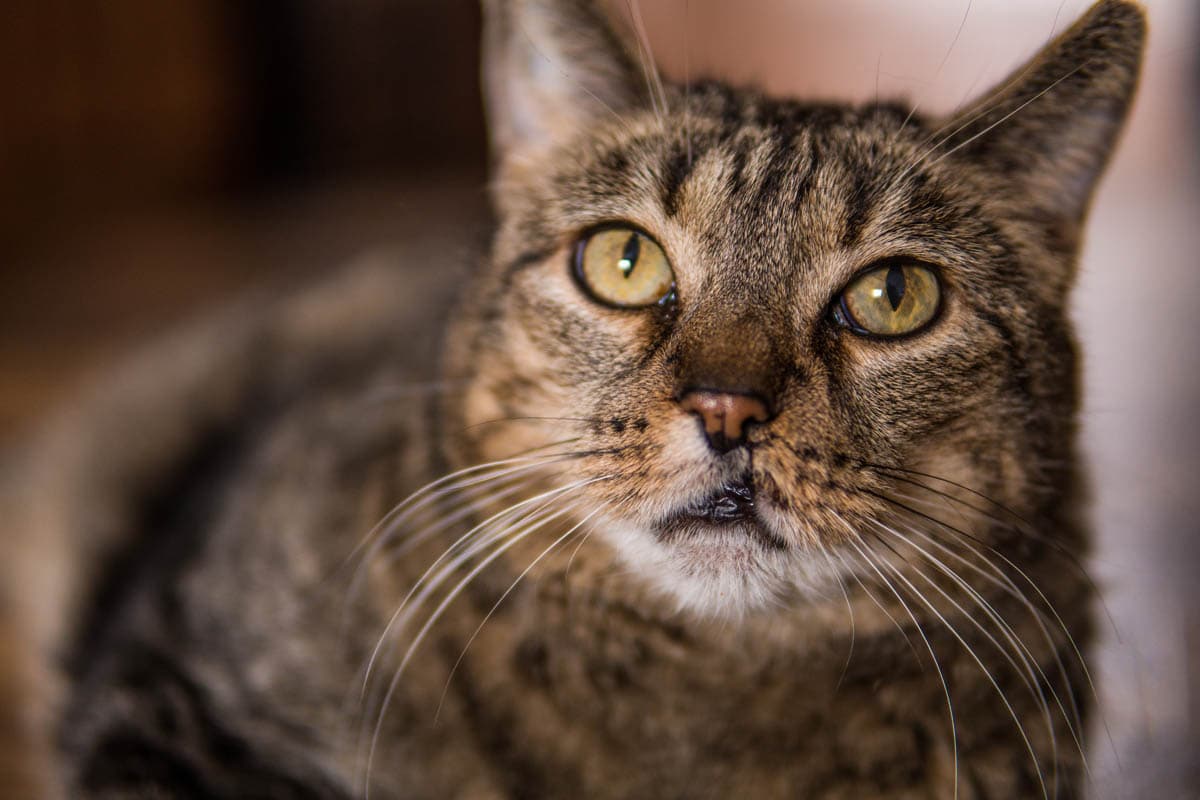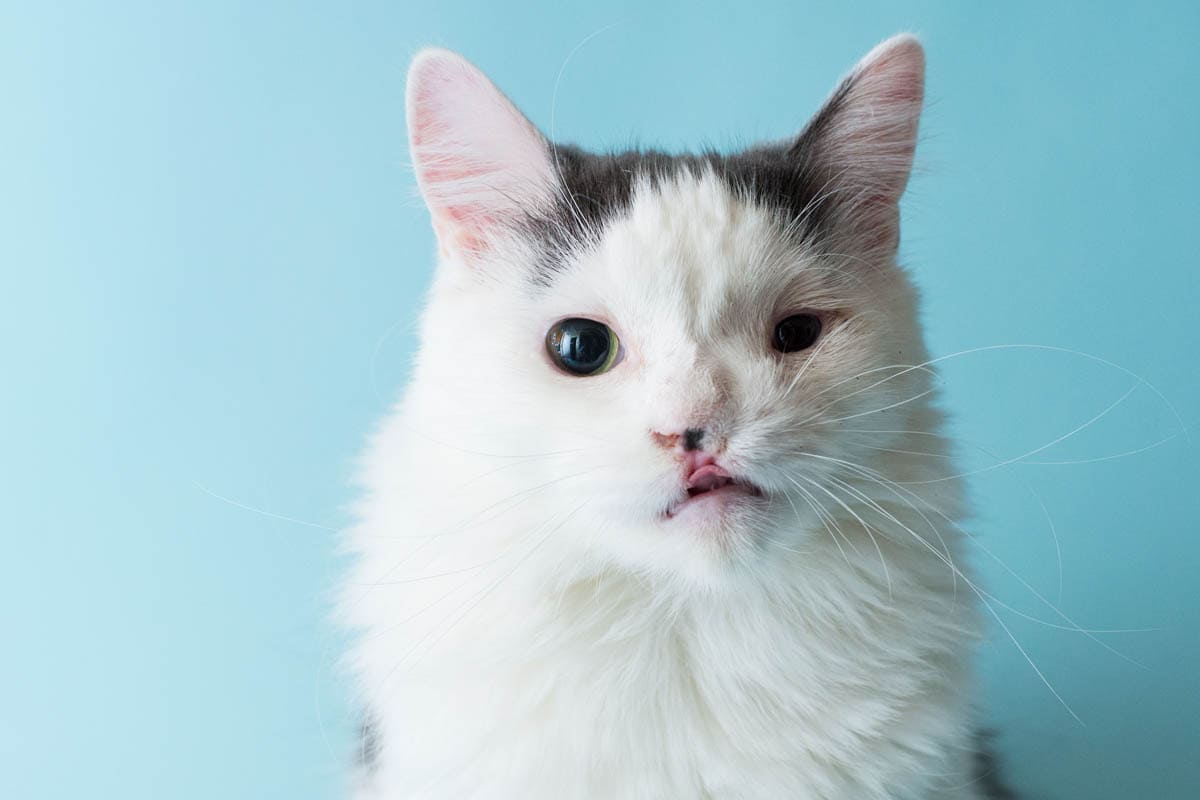What is a cleft palate?
Also known as congenital oronasal fistula or palatoschisis, a cleft palate (CP) or hair lip is a congenital (present at birth) or acquired condition characterised by a split or a hole in the lip and palate. The palate is the roof of the mouth that separates the oral cavity from the nasal cavity. It consists of the hard palate, which is the hard bony part of the front part of the upper mouth and the soft palate is the soft, fleshy part towards the back of the mouth.
In some cases, the lip may also be involved, which is known as a cleft lip (CL) or hair lip. When both a cleft lip and palate occur together, it is known as an orofacial cleft (CLP).
 Congenital cleft lip and palate occur during the embryonic stage of development when the primary and/or secondary palate fails to fuse, leaving an opening or cleft.
Congenital cleft lip and palate occur during the embryonic stage of development when the primary and/or secondary palate fails to fuse, leaving an opening or cleft.
Cats can develop a cleft palate later in life, meaning he is born normally, but a trauma (usually a road accident or fall from a height) results in a cleft developing in the roof of the mouth (acquired cleft palate).
Anatomy of a cleft palate
The primary palate is made up of the lip and premaxilla and the secondary palate comprises the soft and hard palate. A cleft palate can extend from the primary palate along any of the entire hard and soft palate or just one portion; it may be unilateral or bilateral.
Primary cleft: Includes the lip and the very front of the mouth.
Secondary cleft: Includes the hard palate and sometimes the soft palate.
Causes
The exact cause isn’t known, but it is thought to be an inherited disorder. It is more common in some breeds, including Siamese and brachycephalic breeds such as Persians. Other possible causes may include:
- Maternal exposure to poisons during embryonic development.
- Cortisone hormone.
- Nutritional (excess vitamin A during pregnancy).
- Viral infections.
The severity of a cleft palate can range in severity from mild to lethal. There is a higher incidence in female cats.
Symptoms
A cleft palate is a severe and life-threatening condition in the kitten which requires urgent treatment. In many cases, the breeder/owner may not be aware there is a problem, but notice the kitten is having difficulty suckling and growing poorly. Any kitten who is failing to thrive should see a veterinarian urgently.
- Pet owners or breeders may not notice the kitten has a cleft palate. Cleft lips are generally more noticeable as they are on the outside of the face. You may observe an abnormal nostril shape or see the split in the lip.
- Stunted growth.
- Difficulty feeding, a cleft palate may make nursing difficult on the kitten.
- Milky bubbles come out of the nose when the kitten nurses.
- Sneezing during and after breathing.
- Difficulty breathing due to inhaled milk.
- Coughing and gagging during feeding.
- Inhaled milk can lead to infections such as rhinitis or aspiration pneumonia.
- Failure to thrive due to the above. A kitten isn’t getting the required nutrients.
- Nasal discharge.
- Abnormal breathing sounds.
Symptoms of an acquired cleft palate are similar to those listed above such as the passage of food from the mouth to the nose: sneezing and nasal discharge.
Diagnosis
Your veterinarian will perform a physical examination of your cat. An opening of the lip and possibly an abnormally shaped nostril will be obvious if he has a cleft lip.
Visual examination of the oral cavity is required to diagnose a cleft palate. The hole can range in size from tiny to running the entire length of the mouth. Your veterinarian may need to administer an anaesthetic to perform a complete oral cavity, especially if the cleft palate runs into the soft palate, which is far back in the mouth.
Chest x-rays to check for pneumonia.
Treatment
Treatment of cleft lip and palate depends on the severity of the condition.
- Kittens who are unable to nurse may need to be tube-fed until they are old enough to undergo surgery. Your veterinarian may prescribe antibiotics to protect against infection.
- Surgical repair of the cleft in mild cases. The kitten must be 3-4 months of age before they can have surgery. There are several techniques used to treat cleft palates depending on the severity; the most common method is using a flap to cover the area. Bone and cartilage grafts may be required to reconstruct the hard palate. A veterinarian experienced in the surgical repair of cleft palates should be used. In some cases, two or more surgeries may be necessary to fully repair the cleft.
- An acquired cleft palate may need to be surgically repaired by wiring the upper canine teeth together to bring the two halves of the palate back together. Other surgical options may also be required. The outcome for acquired cleft palate is usually good.
- Antibiotics post-surgery to prevent infection.
- He may have a feeding tube inserted for the first few days after surgery as he will be unable to eat on his own.
- While he recovers from surgery, he will need to go on a soft food diet.
- Do not breed with cats who have a cleft palate or hair lip to avoid passing the trait on to future generations.
- Don’t give pregnant females supplements, liver, or other foods high in vitamin A unless advised to do so by a veterinarian.
- Euthanasia for kittens with a severe cleft palate.

